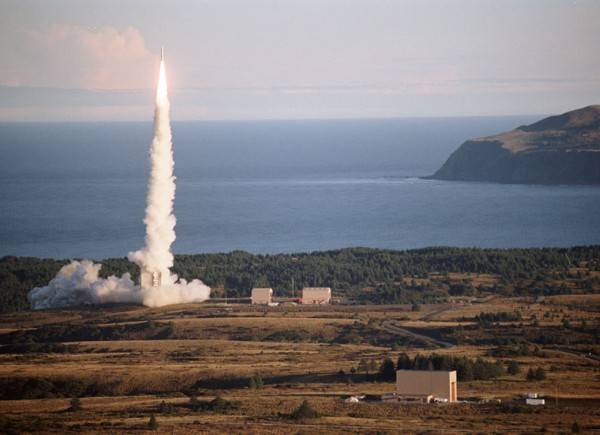KODIAK — The Pacific Spaceport Complex in Kodiak will be launching its first commercial spaceflight next month, Alaska Aerospace CEO Craig Campbell said.
The Coast Guard has notified mariners of the launch, which is scheduled for some time between April 6-13, the Kodiak Daily Mirror reported Monday.
Alaska Aerospace has launched 19 rockets in collaboration with government agencies including NASA, the U.S. Air Force and the Missile Defense Agency since the spaceport opened in 1998.
But in recent years, the publicly owned corporation has partnered with commercial launch companies amid the growth of the private spaceflight industry.
In preparation for the launch, berms are in place to protect the launch pad and surrounding facilities. A glass structure has been placed on top of a shipping container, which will serve as a mission control center.
Sources with knowledge of the industry have refused to name the company that will launch in April due to a non-disclosure agreement, the Daily Mirror reported. But the launch will not be from Vector Space Systems or Rocket Lab — two companies that have known contracts with Alaska Aerospace.
“The market is primed for satellites that need to launch from places with high latitudes like us,” Campbell said. “That’s why we’re working right now with four different launch companies in that market.”
The Kodiak spaceport’s polar location is particularly beneficial for satellites meant for imaging and navigation. Satellites in polar orbits travel at lower altitudes and have relatively short orbital periods, allowing information to be relayed quickly, according to Germany’s national research center for earth sciences.
Vector aims to utilize these advantages. Later this year, the company will be launching two PocketQube satellites, according to a March 8 press release. PocketQubes are 5 centimeters squared — about the size of an apple.
While government launches will continue at the spaceport — a Department of Defense missile launch is planned for later this year — commercial spaceflight will factor prominently in the company’s future, Campbell said.
“In the next two to three years, I see expanding opportunities for commercial launches in Alaska,” he said.

